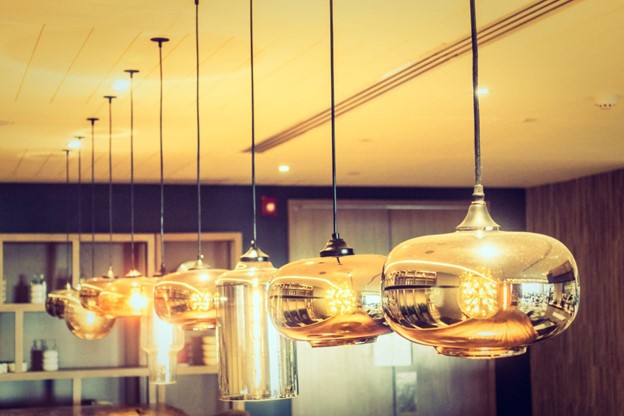Interior design is an art form that transforms spaces into functional, aesthetic, and comfortable environments. For those seeking high-class interior design, understanding the key concepts that guide the process is essential. Whether you’re working with luxury homes or corporate offices, these principles ensure a harmonious and visually appealing result. The interior designing firms in Mumbai, known for their cutting-edge designs, often incorporate these concepts into their projects to create captivating spaces. Let’s explore the seven fundamental concepts of interior design.
1. Space
Space is one of the core elements in interior design, focusing on how an area is utilized and balanced. There are two types of space: positive (filled with furniture and objects) and negative (empty spaces). Striking a balance between the two ensures a well-organized and fluid environment. High-class interior design emphasizes the effective use of space, making it feel open and luxurious without cluttering the area.
2. Line
Line refers to the shapes and forms that guide the eye through a space. Horizontal, vertical, and dynamic lines create structure and movement within the room. In interior designing firms in Mumbai, the use of lines is critical in establishing the overall feel of a space. Vertical lines may emphasize height and sophistication, while horizontal lines create a sense of calm and grounding.
3. Form
Form is the shape of objects in a space, whether it be furniture, architectural features, or décor. The combination of different forms—whether geometric or organic—helps to define the style of the room. High-class interior design incorporates both function and aesthetics when choosing forms, creating spaces that are both beautiful and practical.
4. Light
Lighting is a crucial element of interior design. Both natural and artificial lighting contribute to the ambiance of a space. High-end interiors often feature layered lighting, combining ambient, task, and accent lighting to enhance the room’s atmosphere. Interior designing firms in Mumbai are known for using lighting to create luxurious effects, such as highlighting architectural features or enhancing the mood.
5. Color
Color is one of the most impactful design elements, as it sets the tone of the space. Different colors evoke different emotions, from calm and serene to energetic and lively. In high-class interior design, the careful selection of colors helps to unify the space and create a cohesive theme. Designers often play with color contrasts, palettes, and textures to craft elegant, inviting environments.
6. Texture
Texture adds depth and interest to a space, whether through fabrics, wall finishes, or materials used in furnishings. A well-designed room incorporates a variety of textures to create contrast and tactile appeal. Interior designing firms in Mumbai often use a blend of soft and hard textures, such as plush rugs against sleek marble floors, to create a sophisticated balance.
7. Pattern
Pattern is the repetitive use of lines, shapes, and colors to add visual interest. Whether it’s through wallpapers, textiles, or accessories, patterns can introduce dynamism to a room. For a high-class interior design, patterns are used strategically to complement the overall aesthetic, without overwhelming the space. Designers balance patterns with solids and textures to maintain elegance.
Conclusion
The seven concepts of interior design—space, line, form, light, color, texture, and pattern—are the building blocks for creating well-designed spaces. Whether you’re aiming for a modern minimalist look or a more traditional opulent style, these principles guide the process. By collaborating with interior designing firms in Mumbai, you can ensure that your space is transformed using these essential concepts, resulting in a design that is functional, stylish, and perfectly suited to your needs.
FAQs
What role does lighting play in interior design?
Lighting is crucial in interior design as it affects the ambiance and functionality of a space. Natural and artificial light sources, including ambient, task, and accent lighting, are used to highlight features, create mood, and improve the usability of the area.
Why is texture important in interior design?
Texture adds depth and interest to a space by using materials that are soft, rough, smooth, or shiny. It helps create contrast and balance in a room, making it more visually engaging and tactile, which is essential in high-class interior design.
How do interior designers use color in a space?
Color sets the tone and mood of a room. Different colors evoke different emotions—warm colors create energy and excitement, while cool colors bring calm and relaxation. Designers use color strategically to enhance a room’s aesthetic and align it with the overall design theme.

